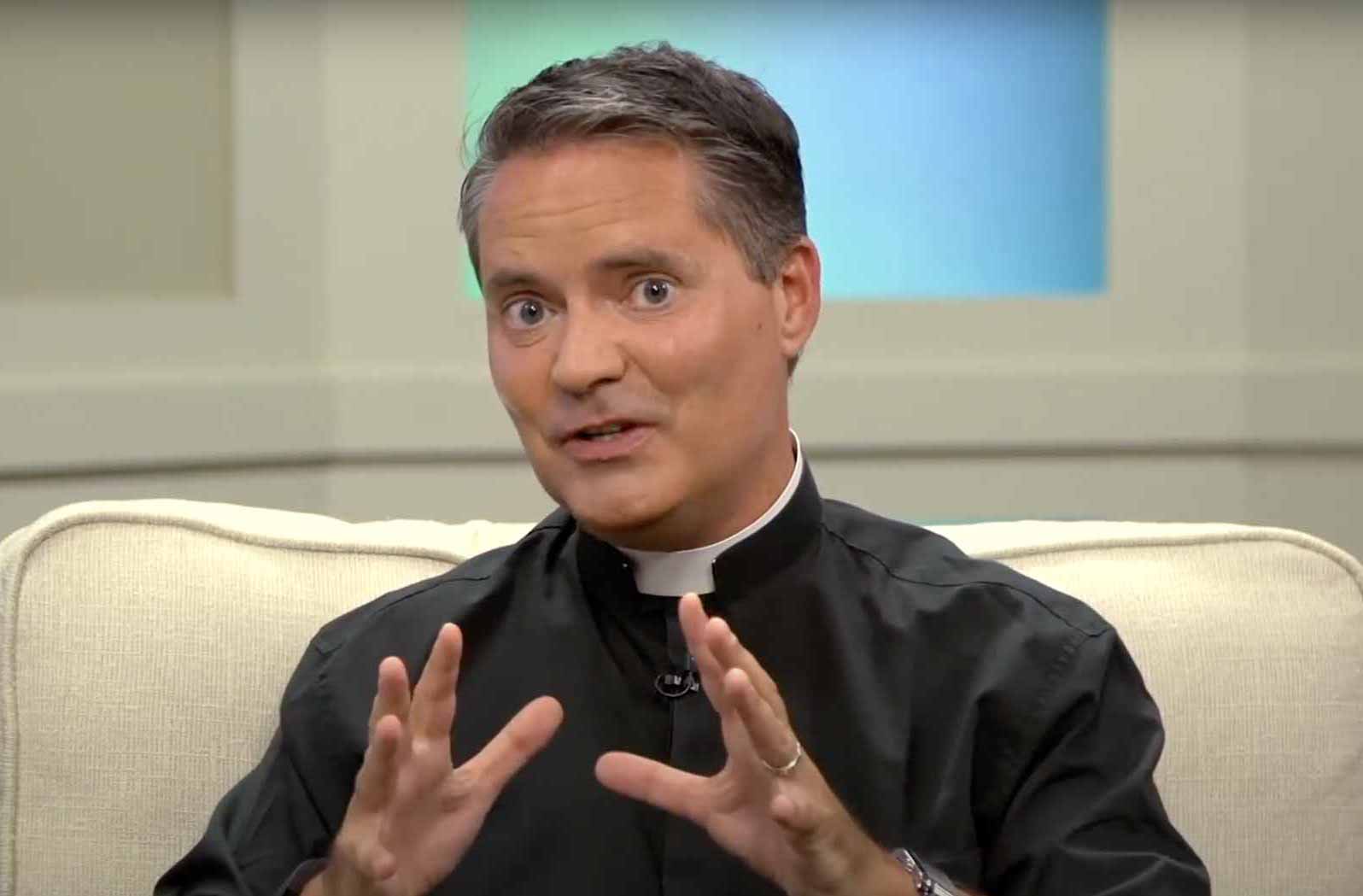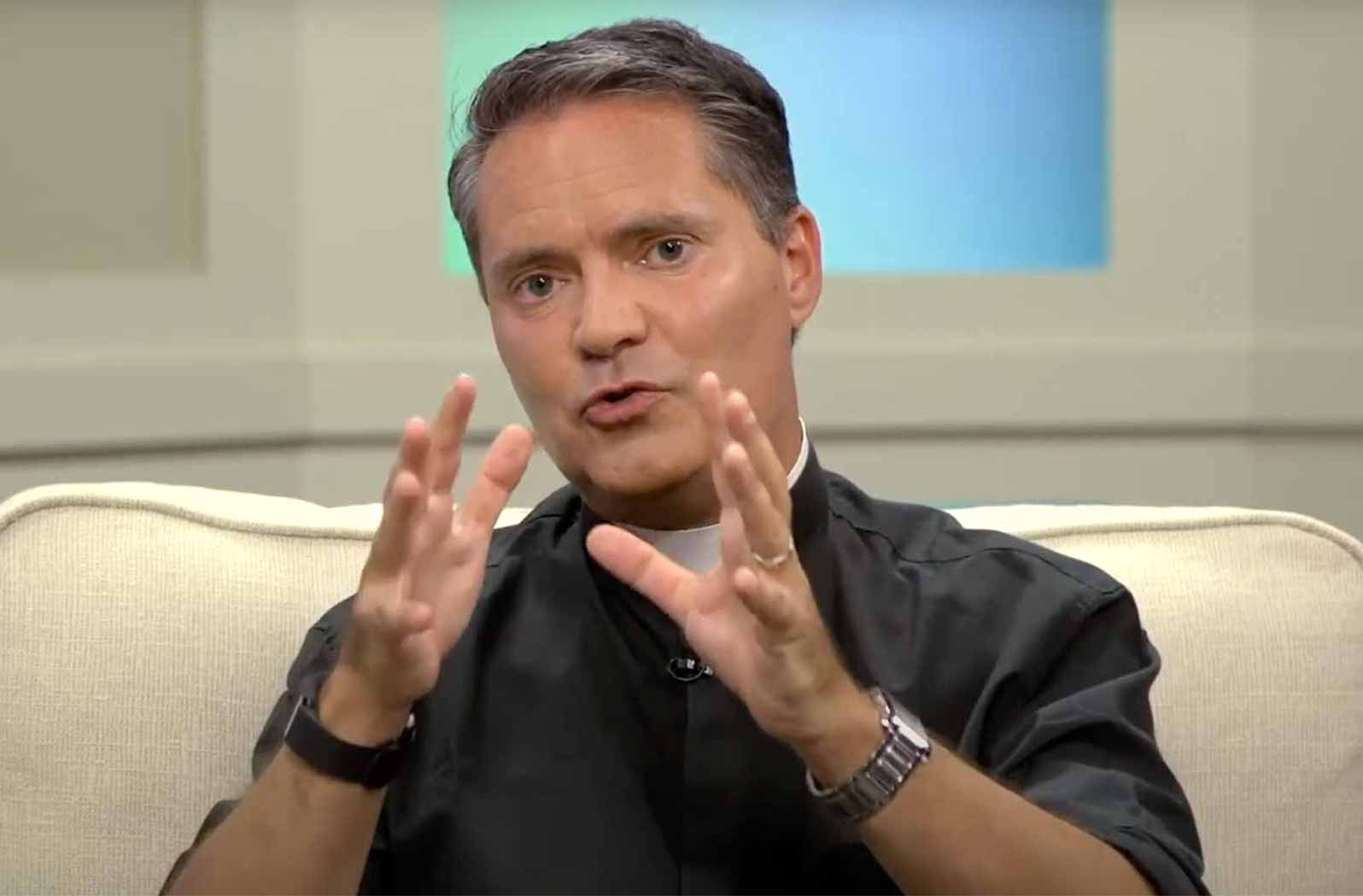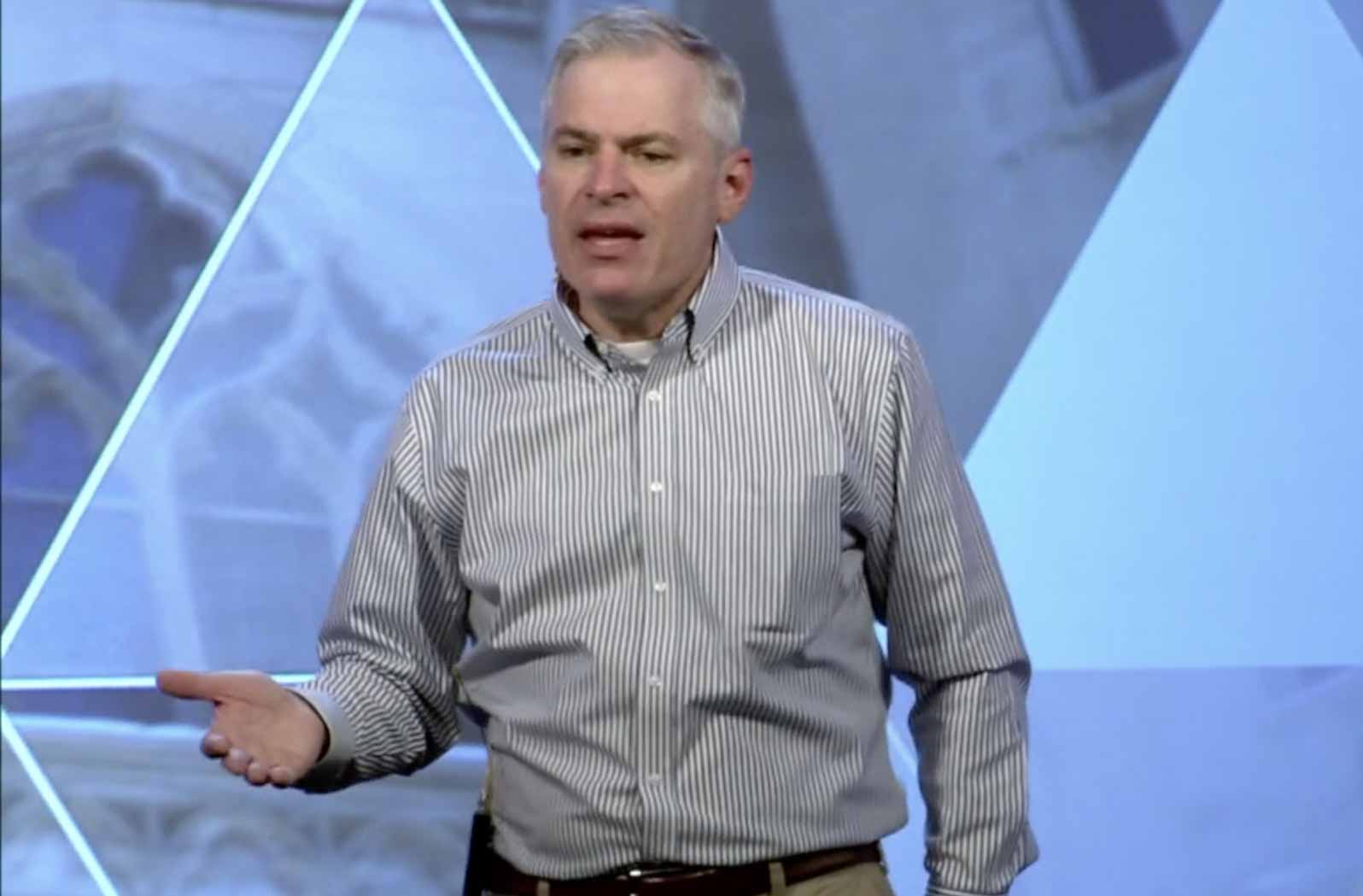“Pastors, in collaboration with parochial vicars, deacons and lay ministers, according to their proper roles and charisms, share responsibility for pastoral leadership.”
“Competent and qualified staff are necessary to serve the Family of Parishes, especially in the areas of worship, evangelization (including love in action), and administration. As is possible, staff will be unified to serve the entire Family.”
A Family of Parishes is best served when the pastor and key collaborators (clergy and lay staff) work together as a team. While there are many groups of people who participate in leadership and governance of a parish or Family of Parishes (e.g. Pastoral Council, full staff, Finance Council, commissions, etc.), the leadership team has the greatest potential to effectively assist the pastor in implementing the mission of the parish.
This model has already been employed by many parishes throughout the Archdiocese of Cincinnati subsequent to the Amazing Parish conference of 2019. The challenge now will be to take this successful model and apply it to a Family of Parishes, not simply a single parish.
In the short run (at the beginning of Phase 1 of the Pastoral Planning Pathway), it will be difficult for a Family to have a unified leadership team for a variety of reasons.


But in the long run (by the end of Phase 1, ideally by summer 2023) a Family of Parishes Leadership Team (FLT) should be formed.
We need only look to the Bible itself for a model of concentric circles of leadership in the Church that leads the Church on mission!
Each parish staff should continue to meet with the pastor (and vicars) to implement the mission of that parish in the present.
This means the pastor may have multiple staff meetings perhaps even weekly, but only for the duration of Phase 1 (perhaps as short as 6-9 months?)
Also, ministerial cohorts of relevant staff within the family (e.g. catechetical leaders, worship & sacraments staffers, communications coordinators, business managers, etc.) should begin to meet regularly to focus on the future of the Family.
Over time, the individual parish staff meetings will become less important, and the Family ministerial cohorts will become more important.
Simultaneously, the affairs of the Family will become more important than those of any individual parish.
Once a leader is identified within each ministerial cohort (or the need for hiring new staff is apparent), members of the FLT can be chosen and the FLT can be formed before Phase 2.
This may happen one member at a time (i.e. the Director of Evangelization choice is made for the Family, but a Director of Administration is not apparent yet.)
Once any member of the Family Leadership Team is identified, they could begin to participate in ALL parish staff meetings and to lead the meeting of the relevant ministerial cohort.
Many pastors and staff members are familiar with the concept of a Leadership Team through the Amazing Parish conference and the work of author and leadership expert Pat Lencioni. Others have read and appreciate the vision of moving parishes from maintenance to mission through the leadership of such a team as articulated by Fr. James Mallon in Divine Renovation. Fr. Mallon will speak at the Presbyteral Convocation in September and pastors will soon receive copies of Divine Renovation and the DR workbook, which includes guidance and tools for discerning and forming the Leadership Team.
These videos of Fr. Mallon and Pat Lencioni help to establish a good foundation for understanding the role of the Leadership Team and how its members are discerned.




I am convinced that Beacons of Light, born of great hope, will enable us to form stronger parishes, centered on the Eucharist, that radiate the love of Christ and joy of the Gospel… God has abundantly blessed our first two centuries and will certainly bless the next.
— ARCHBISHOP DENNIS M. SCHNURR
